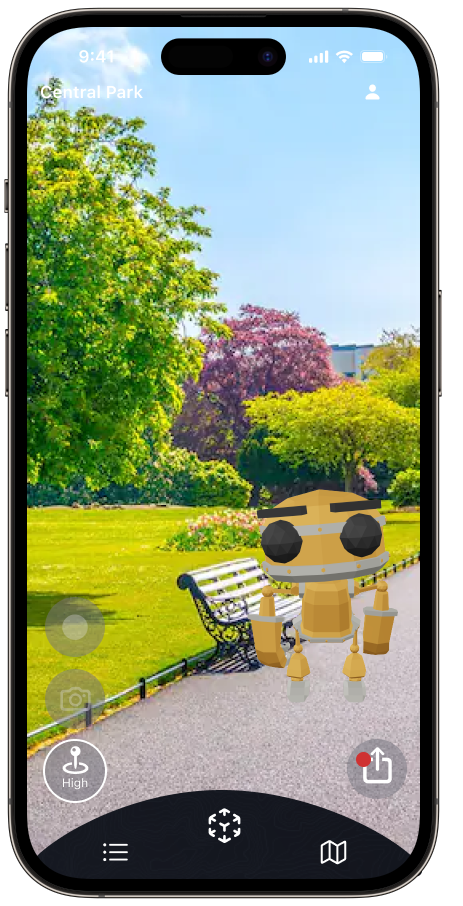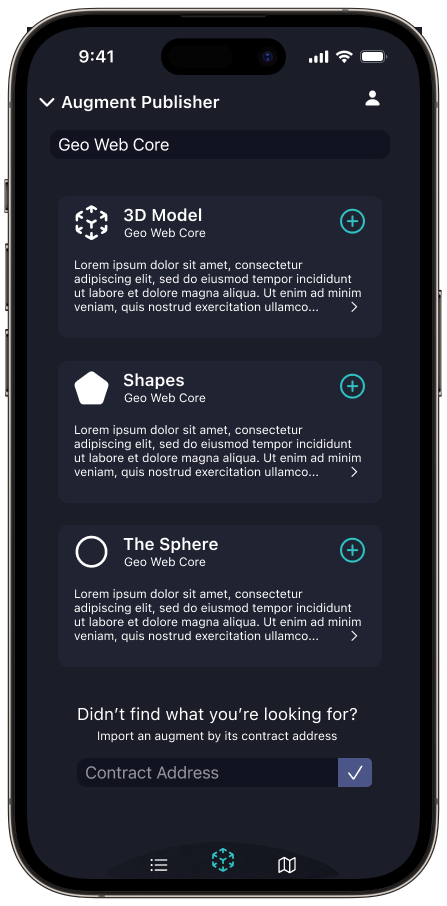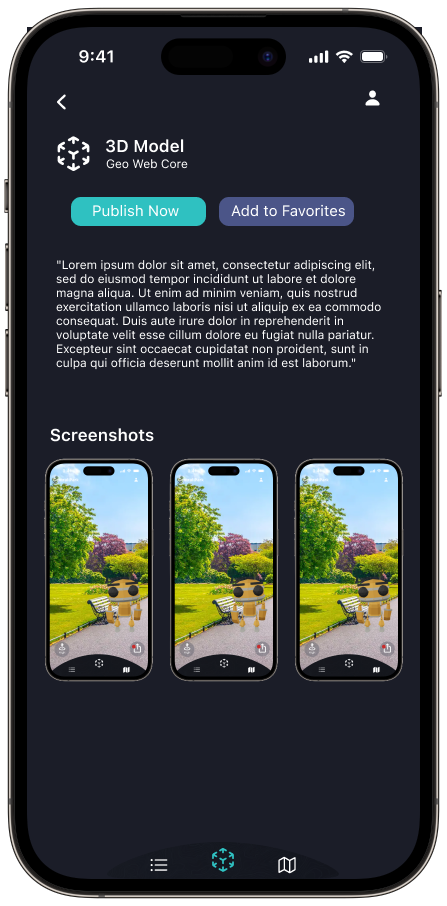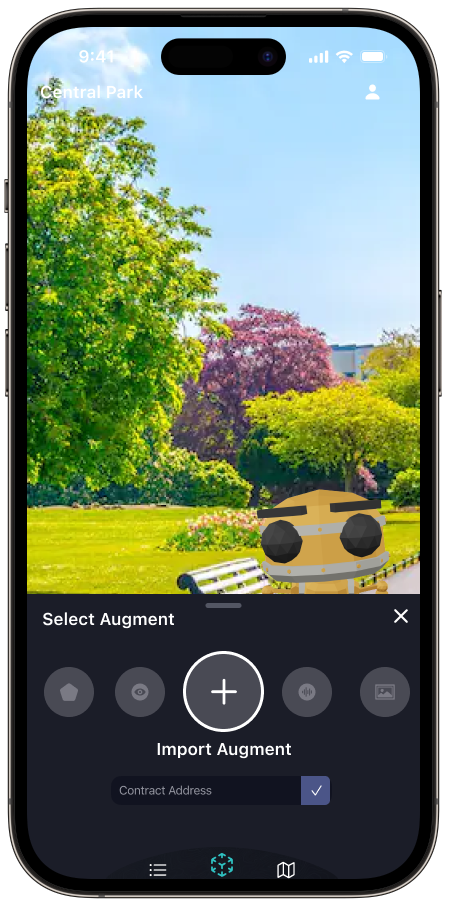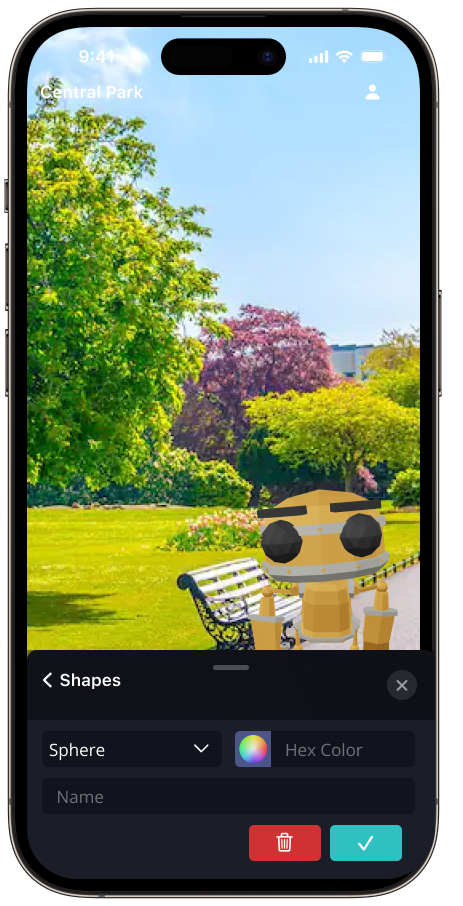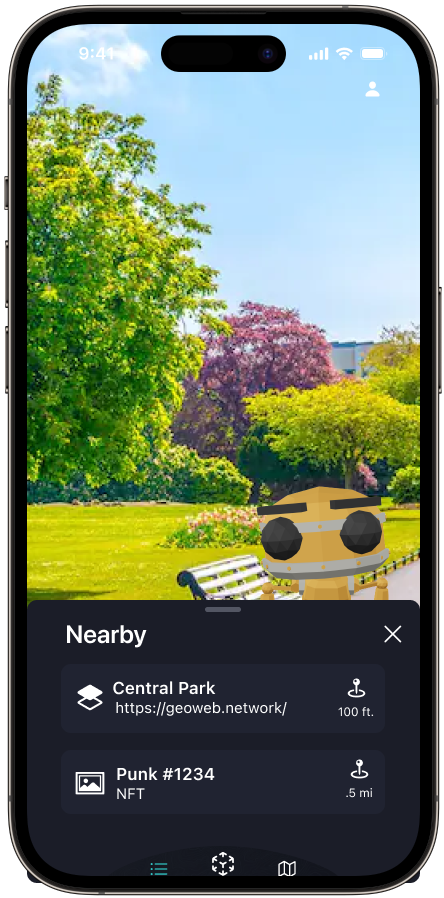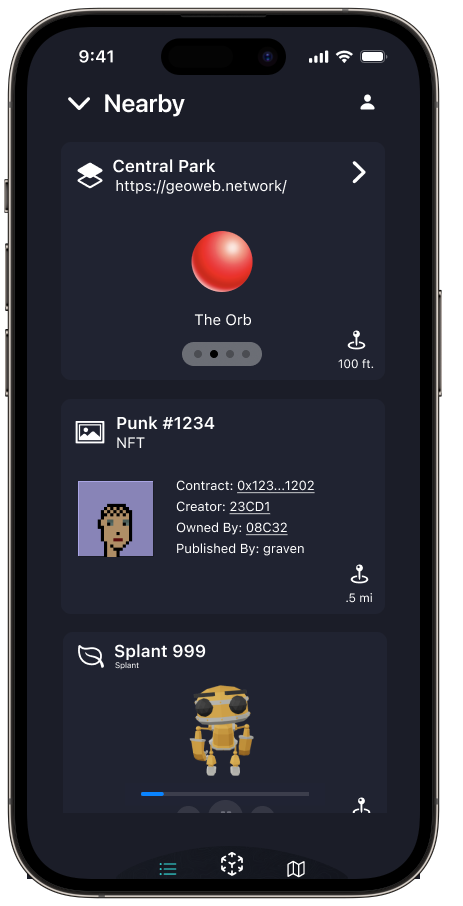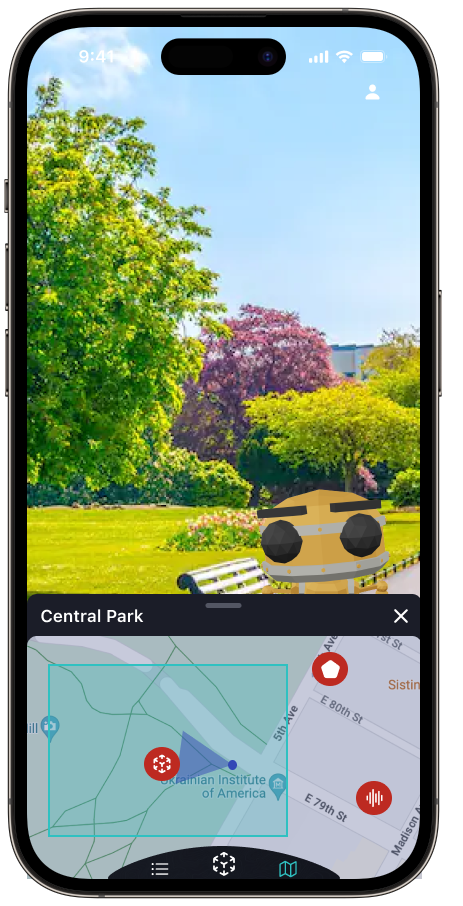Open Geospatial Information Network
1.Digital Land Registry
Think of the Digital Land Registry as a domain name system for digital space in the physical world. It creates consensus for AR publishing by dividing the globe into unique digital land parcels. Publishers link digital content to land parcel NFTs—like a 3D website. Browsers resolve linked content by mapping user geolocation to a digital land parcel & its content.
2.Partial Common Ownership
Digital land is administered through a partial common ownership (PCO; aka Harberger tax) system. Land licensors pay an ongoing fee to the network based on their self-assessed value of the land. Any one can buy a digital land parcel by paying the self-assessed value to the current licensor. This system helps bootstrap productive use of land & creates a sustainable public goods funding model.
3.Cadastres
Cadastres are the core user interfaces for land licensors—enabling digital land claims, transfers, fee payments, & geospatial content publishing. Think of them like a domain name registrar site plus a CMS. The founding team has built one Cadastre, but development of others is permissionless & encouraged.
4.Spatial Browsers
Like a traditional web browser, spatial browsers offer a universal interface for digital experiences. They use GPS (and other geolocation systems/sensors) rather than URLs to navigate the network. Geo Web browsers can be canvas-based (smartphones & watches) or field-of-view (camera lens & glasses). Development is permissionless.
5.Content Layer
There are no explicit restrictions for how publishers link content to their land parcels from the registry—standards can emerge & evolve. Soon the default method supported by the core team will be an Autonomous Worlds approach that maximizes accessibility & composability. The global state of the AR world will be onchain while large media files can be stored on P2P storage/retrieval networks.
6.Public Goods
As a platform designed to enable the next era of the open internet, public goods are at the heart of the Geo Web. 100% of the revenue from the Geo Web's PCO land market is used to fund public goods & create a regenerative ecosystem of investment+building. We recently built & launched the world's first Streaming Quadratic Funding round. This is how public goods can outcompete the monopolists.
